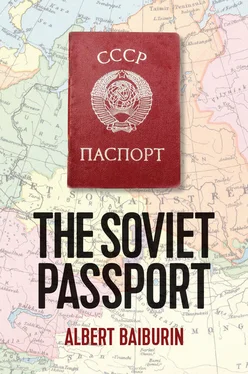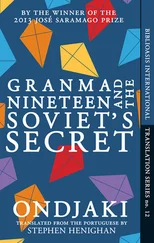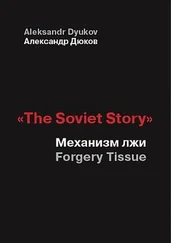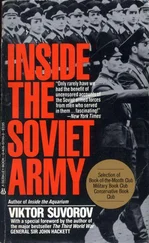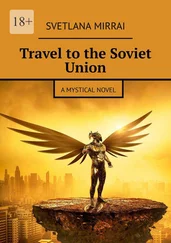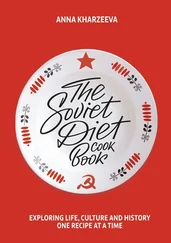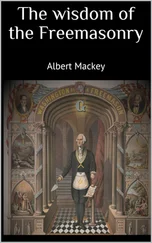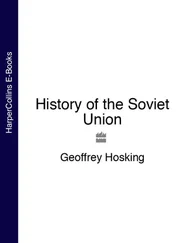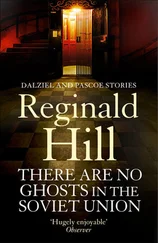25 25. Piotr Sztompka, Trust: A Sociological Theory; ‘Trust and Distrust in the USSR’, Special Issue of Slavonic and East European Review, pp. 1–154; Geoffrey Hosking, ‘Trust and distrust…’; Niklas Luhmann, Trust and Power…; Joseph S. Berliner, Factory and Manager…; Yoram Gorlizki, ‘Too much trust…’.
26 26. Dmitry Kalugin, Review of Status dokumenta….
27 27. [Blat, ‘pull’ or ‘graft’ (originally criminal slang), was a peculiarly Soviet concept, born out of a society where shortages of all kinds of goods and foodstuffs was the norm. Blat could produce a whole network of interdependent actions, depending on who had access to what and who might need it. Such a system does not normally exist in a consumer society, though times of crisis such as wartime and pandemics may generate short-term analogies – Tr.]
28 28. [Kompromat is a Russian word meaning ‘compromising material held by one person against another’. In Soviet times, this suggested politically compromising material – Tr.] For more information, see also Aliona Ledeneva, Russia’s Economy of Favours…; Aliona Ledeneva, ‘The genealogy of krugovaia poruka…’; Diego Gambetta, Codes of the Underworld….
29 29. In particular, see Max Weber, Wirtschaft und Gesellschaft….
30 30. Pierre Bourdieu, (English translation) From the King’s House to the Reason of State: A Model of the Genesis of the Bureaucratic Field, https://ru.scribd.com/document/283196614/From-the-Kings-House-to-the-Reason-of-State-a-Model-of-the-Genesis-of-the-Bureaucratic-Field, accessed 18 October 2020.
31 31. On the link between modernity and a sharp rise in the significance of state systems of government, see Anthony Giddens, The Consequences of Modernity…. For the Soviet idea of modernity, see David Shearer, ‘Modernity and backwardness on the Soviet frontier…’.
32 32. Michel Foucault, Society Must Be Defended…; Michel Foucault, Discipline and Punish: The Birth of the Prison…; Pierre Bourdieu, Sotsiologiya sotsial’nogo prostranstva….
33 33. Anthony Giddens, The Nation-State and Violence…, p. 46.
34 34. Rogers Brubaker and Frederick Cooper, ‘Beyond “identity”’, p. 86.
35 35. Ibid., p. 87.
36 36. Rom Harré, Personal Being….
37 37. Sheila Fitzpatrick, Tear Off the Masks!…, p. 14.
38 38. Igal Halfin and Jochen Hellbeck, Interview, p. 222 (in Russian).
39 39. Jochen Hellbeck, Revolution on My Mind…; Jochen Hellbeck, ‘Working, struggling, becoming’…. This position was strongly criticized by Svetlana Boym, who doubted the reliability of Hellbeck’s research. She considered it to have been carried out using a limited amount of material and from an insufficiently reflective methodological and theoretical position. See Svetlana Boym, ‘Kak sdelana sovietskaya sub”yektivnost’?’….
40 40. Oleg Kharkhordin, Oblichat’ i litsemerit’: genealogiya….
41 41. Oleg Kharkhordin, ‘Oblichat’ i litsemerit’ – eto po-russki’….
42 42. For the public and the private in connection with telephone numbers, see Ilya Kukulin, ‘Odomashnivaniye…’.
43 43. Oleg Kharkhordin, for example, points out that in Stalin’s time, ‘the system was concerned not with the citizens’ feelings, but with their public behaviour’; Oblichat’ i litsemerit’: genealogiya…, p. 361.
44 44. Michel de Certeau, The Practice of Everyday Life….
45 45. Details can be found at https://www.history.ox.ac.uk/identinet; the site http://identinet.org.uk/is no longer accessible. In particular, see Documenting Individual Identity….
46 46. John Torpey, The Invention of the Passport…; also the article by John Torpey, ‘The Great War…’.
47 47. B.V. Ananich, ‘Iz istorii zakonodatel’stva…’; Yevgeny Anisimov, Podatnaya reforma Pyotra I….
48 48. Mervyn Matthews, The Passport Society…; see also, Jeffrey Burds, ‘The social control…’.
49 49. Valentina Chernukha, Pasport v Rossii….
50 50. See, for example, S.N. Farkin, Pochemu vvedena pasportnaya sistema, and numerous others.
51 51. Valery Popov, ‘Pasportnaya sistema sovietskogo krepostnichestva’; Kronid Lyubarsky, ‘Pasportnaya sistema…’.
52 52. As well as the aforementioned works by Valery Popov and Kronid Lyubarsky, see Marc Garcelon, ‘Colonizing the subject…’; Gijs Kessler, ‘The passport system…’; Paul Hagenloh, Stalin’s Police….
53 53. For example, as a mechanism for distributing resources (especially foodstuffs at times of chronic shortages), see Cynthia Buckley, ‘The myth of managed migration…’; Yelena Osokina, Za fasadom stalinskogo….
54 54. See, particularly, David Shearer, ‘Elements near and alien…’; and Nathalie Moine, ‘Passeportisation, statistique des migrations…’; Ye.N. Chernolutskaya, ‘Pasportizatsiya sovietskogo naseleniya…’; E.N. Chernolutskaya, ‘Pasportizatsiya dal’nevostochnogo…’; Alexander Tarasov, ‘Nekotoriye problemy…’.
55 55. Sheila Fitzpatrick, ‘Ascribing class…’.
56 56. See, for example, Golfo Alexopoulos, Stalin’s Outcasts…; Charles Steinwedel, ‘Making social groups…’; Marc Garcelon, ‘Colonizing the subject…’.
57 57. Terry Martin, An Affirmative Action Empire…; Juliette Cadiot, ‘Searching for nationality…’; Juliette Cadiot, ‘How diversity was ordered…’; Ronald Suny, ‘Constructing primordialism…’; Juliette Cadiot, Le laboratoire impérial….
58 58. It is unlikely that this dual level of official law was created intentionally. It is more likely that it developed spontaneously. Frequently an official would put the stamp ‘Secret’ on a document ‘just in case’, in order to protect themselves. Without this stamp the document would have been simply an internal instruction, which there would have been no point in publishing anyway, because it was addressed to a particular group. So it is often difficult to ascertain where the boundary lies between these two types of official law.
59 59. [When major cities (Moscow especially) needed extra manual workers, individual factories were allowed to invite people from the countryside to fill the places, but a quota [Russ: limit] was put on how many they could invite. Because of this limit, those who took up the places were nicknamed limitchiki. The work was mundane, but the attraction was that those who took up this work could eventually obtain a resident’s permit. Spetsposelentsy were people who had been sent away in internal exile and were refused permission to return to their place of origin when their sentence was completed. The term means ‘special settlers’ – Tr.]
Part I The History of the Soviet Passport System
1 The Formation of ‘the Passport Portrait’ in Russia
Historically, the passport has had two fundamental purposes. The first is linked to the rise and spread of documents, which allow the bearer to cross the borders of a particular territory. The second is the creation and use of documents intended to identify the bearer. These two purposes come together in the modern passport. In the first instance, the passport’s history is directly linked with the history of the foundation of the state, and specifically with its territorial definition; the very understanding of the concept of a border becomes relevant when there is some sort of regulation for traversing it. The equivalent of a passport as a permit (or a petition) to cross a border can be found in the earliest sources. 1The fundamental prerequisite for the appearance and the functioning of such documents (as well as the establishment of the frontiers of the early states), seems to be linked, firstly, to rulers establishing control over the crossing of their territory by ‘aliens’; and secondly, to the relatively high level of the use of written texts.
Читать дальше
